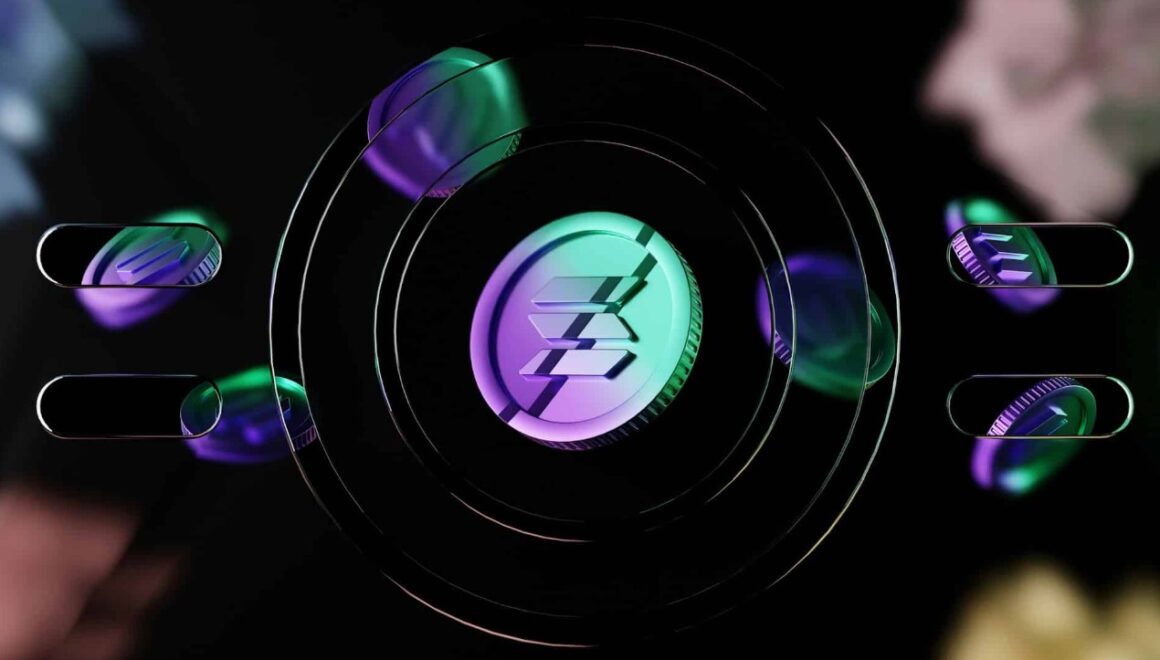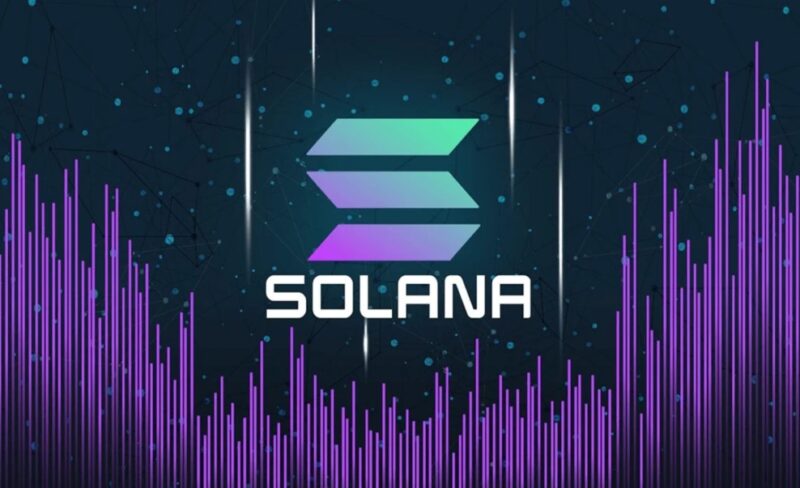The phenomenon of “blockchain trilemma” is a common thread among many of the world’s blockchain platforms.
In a nutshell, this refers to the challenge of balancing decentralisation, security and scalability.
This is where public blockchain platform Solana is succeeding where others are not.
Solana, which launched in 2020, has built its reputation on offering speed and security without impinging to any great extent on network decentralisation.
Its big selling point is that it can host large-scale applications like Web3 social networks, gaming and financial services in real time.
Decentralised applications (dApps), decentralised finance (DeFi) and Non-Fungible Token marketplaces are all part of its ever-expanding ecosystem.
Proof is in Proof of History

The beating heart of the Solana platform is its Proof of History (PoH) algorithm.
Effectively it is a type of “clock” for blockchain networks that proves the order and time a transaction takes place.
Agreeing on time in the blockchain world has been a long-standing issue which PoH addresses effectively.
The upshot is that with consensus becoming more streamlined, transactions can be processed seamlessly.
PoH’s differentiation from Proof of Work (PoW), where blockchain networks are secured by means of participants using vast amounts of computational power to reach consensus by solving complex mathematical puzzles, is important.
With PoW, there needs to be much larger block times to mitigate the possibility of many validators creating a new block simultaneously.
Similarly, Proof of Stake (PoS), a mechanism that lowers the level of computational power by randomly selecting validators, is not a flawless solution.
Timestamps are required to work out the order of incoming blocks, but the timestamp is rendered ineffective if it is not greater than the median timestamp of the preceding 11 blocks.
Solana’s timeline of events model solves the dilemmas presented by PoH and PoS.
Its ability to combine PoH with PoS further improve scalability.
Positive Returns on the Horizon

The Solana platform’s scalability capability is impressive, able to deal with 65 000 transactions per second.
It also ticks the sustainability box since PoH networks are famously energy-efficient.
As a result, Solana price USD projections are positive.
Forecasts put the platform in the $420-$460 bracket by 2028 and around $700 by 2030.
Not only are more developers building on the platform because of faster speeds and lower costs, but there is keen interest from big-name investment firms.
Among them is Fidelity, which recently added Solana to its crypto product suite.
Another notable coup for the platform has been Hong Kong’s approval of the first Solana spot exchange-traded fund (ETF) aligned with Hong Kong dollar, renminbi and US dollar counters.
Spot EFTs, which are traded on major stock exchanges, allow people to buy tokens through traditional brokerage institutions.
While Solana has endured its fair share of troubles, including concerns over its reliability after it experienced several outages, these seemingly are now in the past.
By all indications the platform is on track to deliver impressive results in the years to come.


